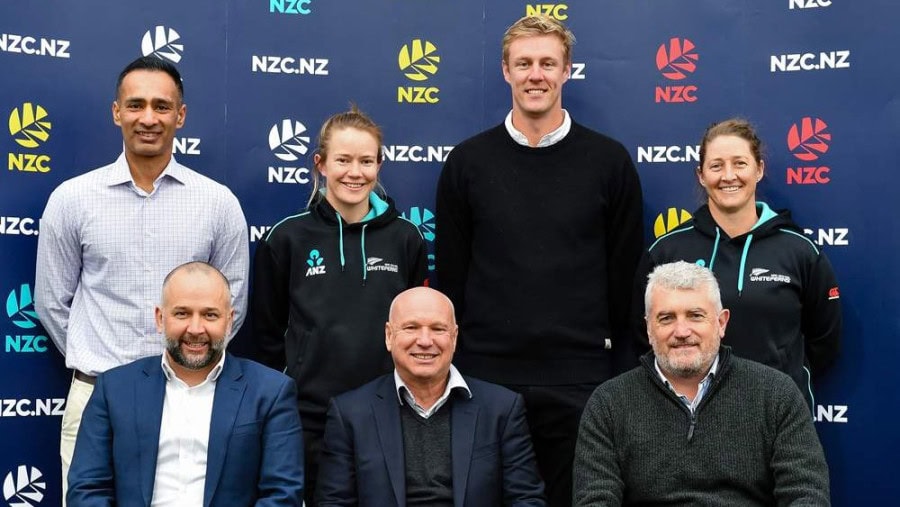Cricket New Zealand has broken the pay barrier between its men’s and women’s cricket teams by agreeing on a package that guarantees parity of match fees.
The pay structure will apply to both domestic and international teams.
Under the new five-year deal struck between NZC, the six major associations and the New Zealand Cricket Players Association, New Zealand’s female cricketers will earn the same match fee as their male counterparts.
It is the first time the men’s and women’s professional game has been combined under one master agreement.
After the new pay structure in Cricket New Zealand, match fees across formats played by both the men and women internationally will be NZ$4000 for ODIs and NZ$2500 for T20Is.
At the domestic level the Ford Trophy/Hallyburton Johnstone Shield will play out NZ$800, Super Smash NZ$575 while in the men’s game, a Test match fee is NZ$10,250, and for the Plunket Shield NZ$1750.
New Zealand women have not played a test match since 2004.
The improved pay and conditions are part of an agreement calculated on the country’s men’s and women’s players receiving 29.75% of all NZC forecast revenue over five years ($349m), expected to amount to $104m.
Translated in terms of the contracts, it means that the highest-ranked New Zealand women’s player will be able to earn up to NZ$163,246 a year (up from $83,432), the ninth-ranked, NZ$148,946 ($66,266), and the 17th-ranked NZ$142,346 ($62,833).
The top-ranked women’s domestic players in each major association will be able to receive a maximum of $19,146 (up from $3,423), the sixth-ranked $18,646 ($3,423), and the 12th-ranked $18,146 ($3,423).
Women’s domestic contracts will also be increased from 54 to 72 with an introduction of a North vs South series.
New Zealand captain Sophie Devine said: “It’s great for the international and domestic women players to be recognized in the same agreement, alongside the men. It’s a massive step forward and will be a huge drawcard for young women and girls.”
There does remain a discrepancy between the contracts of the two sides with the top-ranked international player from the men’s side able to receive a maximum of NZ$523,396 (up from $459,574), the tenth-ranked NZ$444,196 ($377,981), and the 20th-ranked NZ$367,196 ($305,453).










